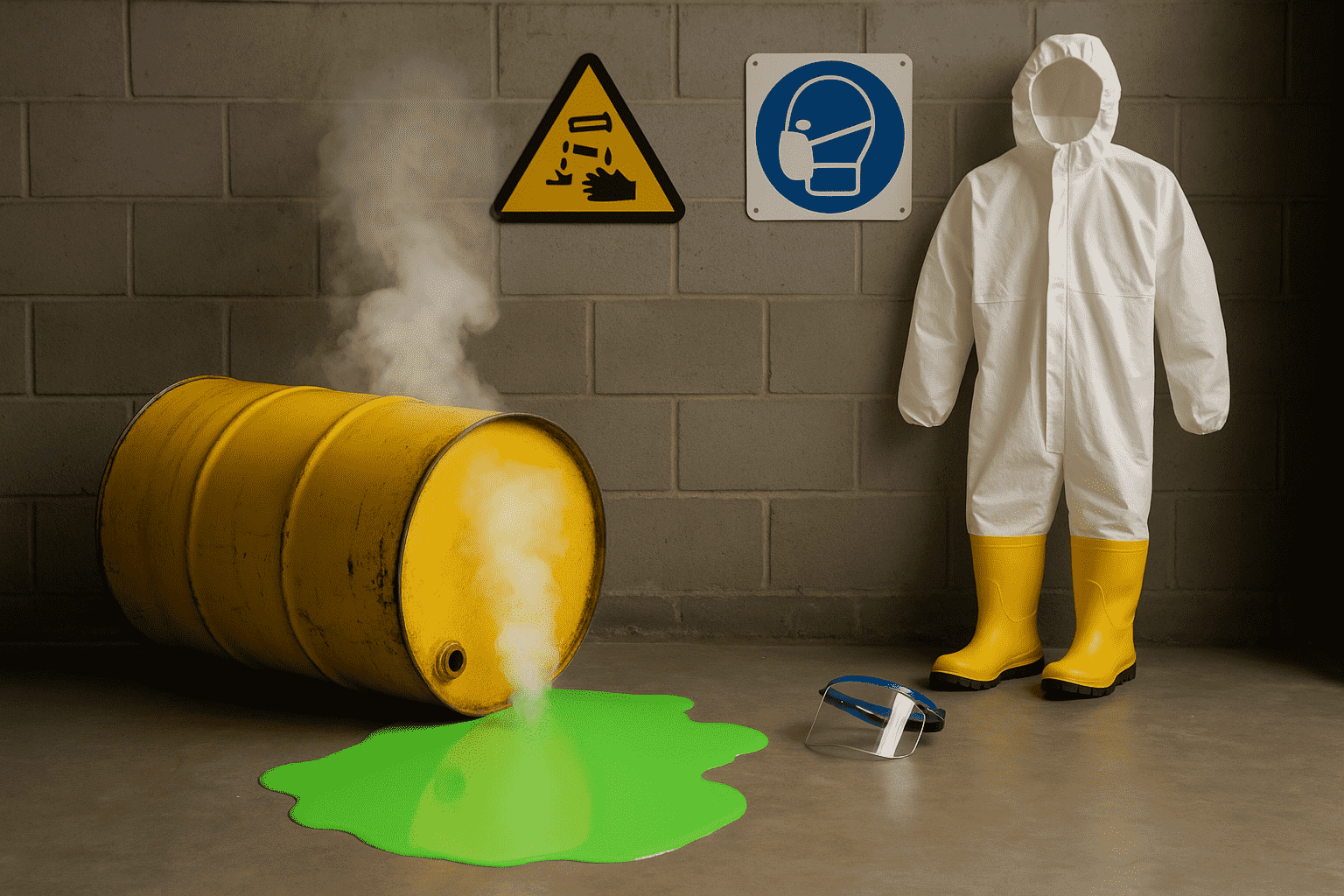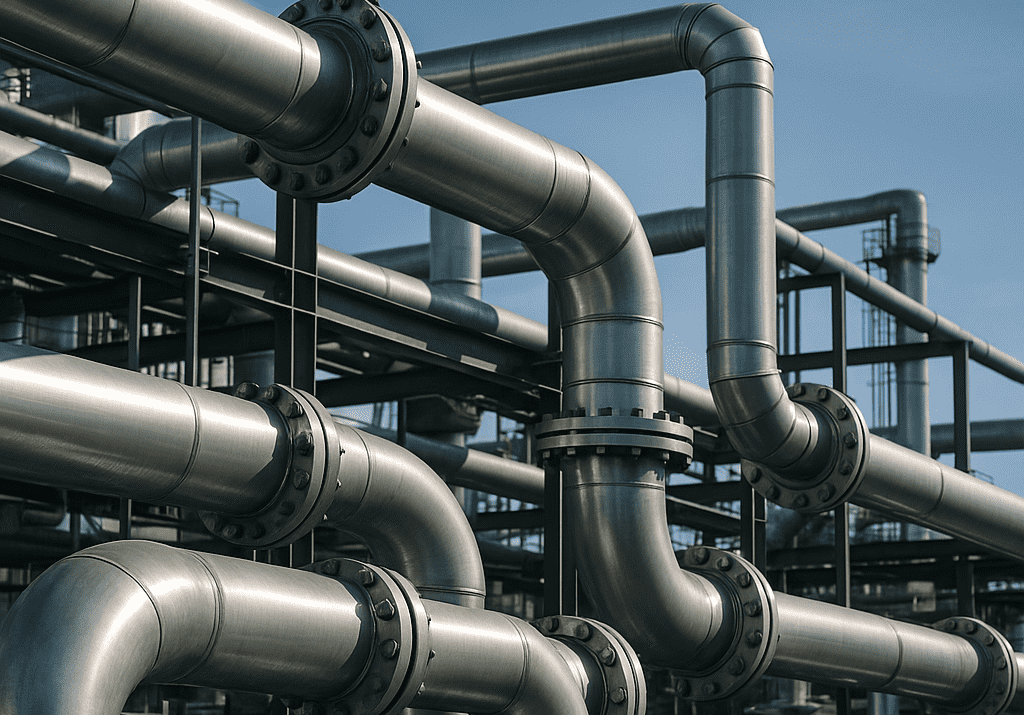Effects Of Sluice Gate On Fishery

Sluice Gate are water control gates deployed at irrigation canals, diversion canals, reservoirs etc. They have been in used for centuries to make water provision for deficient rainfall mainly for agriculture purpose and domestic use. Sluice gates has been a topic of debate with regards to its effect on fishery as it controls the flow of water which directly affects the aquatic life. Before we get into the details, we must broadly understand sluice gates. Based on the purpose sluice gate are classified into:
- Intake Sluice Gate: Built on the banks of rivers, reservoirs, or lakes, and at the head of irrigation diversion channels, to control the flow into the canal.
- Divide Sluice Gate: The sluice gate is used to introduce the flow of the upper-level channel into the next-level channel as needed. It acts as the inlet gate of the next-level channel.
- Control Sluice Gate: Control gates are generally built across the trunk and branch canals and are located downstream of the branch and bucket canals to control the water level in front of the sluice and meet the water level requirements of the branch and bucket channels.
- Drain Sluice Gate: Drain sluice gate holds water in both directions and also allows water to flow in both directions. This characteristic help in drawing the river water during high tide to meet the water demand of the control area for irrigation. At the same time, it blocks the tides and drains waterlogging.
- Rinse Sand Sluice Gate: Sand flushing sluices are mostly built at the end of sedimentation basins in diversion hubs or canal systems on sediment-laden rivers hence they are also known as sand sluices.
When a sluice gate is deployed to control natural water flow it subsequently affects livelihood and marine life on the path of the natural water flow. It has been a boom for agriculture as it provides water during deficient months or in dry regions and also prevents flooding during peak seasons. The same is not the case with aquatic life. There some critical problems that fisheries face due to construction of sluice gate:
-
- 1. Water quality: Sluice gate may contribute to the change in water quality. In some cases, they restrict intrusion of saline water into the drainage thereby increasing acidic water in the reservoir. Acidic water restricts the oxygen intake of fish thereby leading to dead.
-
- 2. Restricted passage: Sluice gate when closed restricts fish passage hindering migratory fishes from entering or leaving tidal creek.
-
- 3. Increased water pressure: When a sluice gate is opened the amount of water pressure may exceed fish swimming capacity forcing the fish to move towards the receiving channels.
- 4. Decrease in habitat area: Sluice gate scheme design may reduce open water habitat area limiting the possibilities of carrying out fishing activities.
The above-mentioned problems lead to reduced fishery yields subsequently impacting livelihoods of those dependent on commercial fishing. Originally built for irrigation purpose today, these gates need to be fish-friendly in designed. Here are some tips that can help make sluice gate fish-friendly.
-
- 1. Side-mounted gates: Contrary to top-mounted gates side-mounted gates are fish-friendly because when open water is discharged at low velocity compared to top-mounted gates, making it easy for fish to swim through.
-
- 2. Opening of sluice gate: The gates should be operated remotely or manually to a default open or closed setting as per the intended purpose. When the desired water level is achieved on the either side the gate may be opened for water to flow, allowing free fish passage. In this case the fish is isolated only when water exceeds a predetermined level resulting in closure of gate.
- 3. Self-regulating sluice gate: These gates work on counter-balance mechanism example flap gate. These gates close when the water levels on the river exceeds a certain level to push the float up which results in closing of the gate. This means the gate is in default open position letting fish passage for longer durations.
The above modifications provide positive results in successful management of water as a resource and at the same time enhance fish spawning.
The design of fish-friendly sluice gate is dependent on many factors hence thorough study and analysis is required at the design/modification design stage. Adaptation to fish-friendly sluice gates have shown positive results in fish yield. Deploy fish-friendly sluice gates to explore the potential of improved diversity and high yields.
Frequently Asked Question
Q.1 How do oil water separators work and what is their purpose?
A. Oil Water Separators, also known as oil-water separators or OWS, play a crucial role in the management and treatment of wastewater. These devices are designed to separate oil and other hydrocarbon contaminants from water, ensuring that discharged water meets regulatory standards and is environmentally safe.
Q.2 Why should companies consider using a floating oil skimmer?
A. Floating Oil Skimmers are highly effective tools designed to remove oil and other contaminants from water bodies such as ponds, lakes, and industrial wastewater. They offer numerous benefits that make them a valuable asset for companies across various industries.
Q.3 Can a mechanical bar screen effectively remove debris and solids from wastewater?
A. Mechanical Bar Screens have proven to be highly effective in removing debris and solids from wastewater. These screens play a crucial role in the initial treatment process, ensuring that the wastewater is free from unwanted materials before further treatment takes place.





